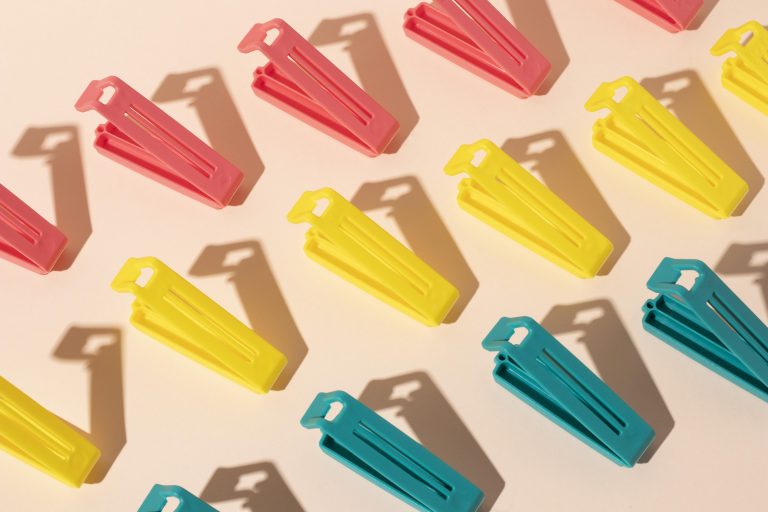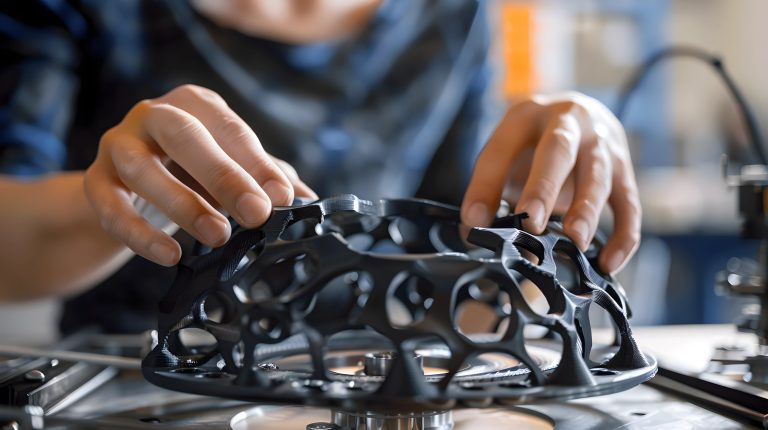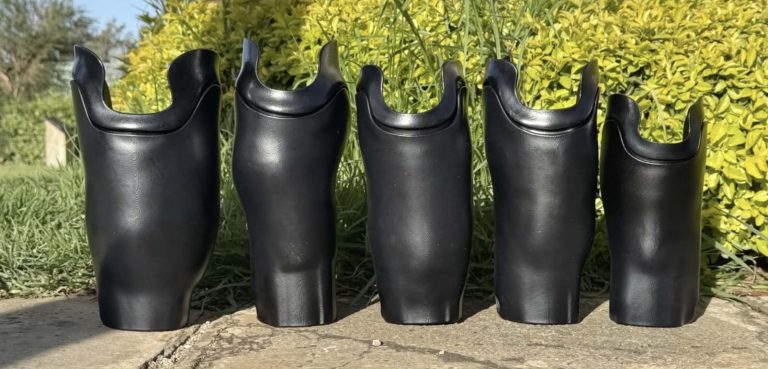3D Printing in Automotive: Transforming the Industry with Speed, Flexibility, and Innovation
3D printing in automotive manufacturing has advanced far beyond research and development (R&D). What began as a tool for rapid prototyping is now driving the production of parts, lightweight vehicle components, and custom end-use products. From electric vehicles (EVs) to classic car restoration, 3D printing, also known as automotive additive manufacturing, is helping manufacturers deliver faster, smarter, and more sustainable solutions.
With the global 3D printing market experiencing rapid growth, its role in automotive innovation is undeniable.
-
Faster Prototyping and Product Development
Automotive manufacturing is a fast-paced industry, and speed to market is crucial. Traditionally, developing new parts required expensive tooling and molds, often taking weeks or months.
With 3D printed auto parts, prototypes can now be produced in hours instead of days, enabling quick testing, refinement, and faster delivery to customers. Leading automakers, such as Ford and General Motors, utilize 3D printing to test engine components, dashboards, and interior features, thereby accelerating development cycles while reducing costs.
-
Lightweighting and Design Flexibility
Reducing vehicle weight directly improves performance and fuel efficiency, especially for EVs, where weight impacts battery life.
“Industrial 3D printing can easily make lightweight vehicle parts, reducing the overall weight of a vehicle,” explains Neil Glazebrook, VP of 3D Solutions at ABCorp.
Unlike traditional methods, 3D printing enables the creation of complex geometries, such as lattices and hollow structures, that maintain strength while reducing mass. With metals like titanium, aluminum, and stainless steel, manufacturers achieve superior durability, temperature resistance, and fatigue strength, making them ideal for demanding automotive environments.
-
Cost-Effective Production of Low-Volume and Custom Parts
Traditional manufacturing is cost-efficient at scale but expensive for low-volume runs, custom components, or aftermarket parts.
3D printing eliminates costly tooling and allows production on demand, making it perfect for:
* Limited-edition trims or performance parts
* Bespoke interior details and show-car components
* Rare aftermarket and discontinued parts
For smaller manufacturers and OEMs, this flexibility lowers costs while enabling customization at scale.
-
Supply Chain Agility and Faster Lead Times
3D printing also strengthens supply chains by bringing production closer to manufacturers.
* Parts that once took weeks can now be printed overnight
* On-demand manufacturing reduces warehousing and inventory risks
* Custom tooling (jigs, fixtures, molds) can be produced quickly to keep production moving
This flexibility enables automakers to respond more quickly to supply chain disruptions and meet market demands.
-
Sustainability and Waste Reduction
3D printing is an additive process that builds parts layer by layer using only the required material. Compared to subtractive methods like machining, this process reduces material waste by up to 90%.
By using recyclable powders and bio-based filaments, automotive manufacturers can also reduce environmental impact, aligning with growing consumer demand for eco-friendly vehicles.
-
Rare Parts Replacement and Automotive Heritage
One of the most exciting applications is recreating rare or discontinued parts for vintage vehicles.
With metal 3D printing and flexible filaments, enthusiasts and restoration shops can reproduce intricate, hard-to-find components with precision, from engine parts to interior trim. This not only preserves automotive heritage but also makes restoration more affordable and accessible.
Looking ahead, 3D printing could pave the way for fully personalized vehicles, where drivers design unique cars tailored to their performance, style, or comfort needs.
The Future of Automotive Additive Manufacturing
3D printing is no longer just a research and development tool; it has become a cornerstone of modern automotive manufacturing. By enabling the production of lighter, stronger, and custom-designed parts while improving speed, sustainability, and supply chain resilience, additive manufacturing is transforming the design, construction, and restoration of vehicles.
At ABCorp 3D, we partner with automotive manufacturers to deliver:
* Lightweight EV components to extend battery performance
* Rapid prototyping for faster innovation cycles
* Custom and low-volume production with premium materials like titanium and stainless steel
* Rare parts replacement to keep automotive history alive
Final Word
For manufacturers seeking to stay competitive, embracing 3D printing in automotive is not just a smart move; it’s essential. From EV innovation to heritage restoration, automotive additive manufacturing is redefining what’s possible on the road.
Ready to accelerate innovation? Discover how ABCorp 3D can help you design lighter, stronger, and smarter automotive parts with additive manufacturing. Contact us today!



